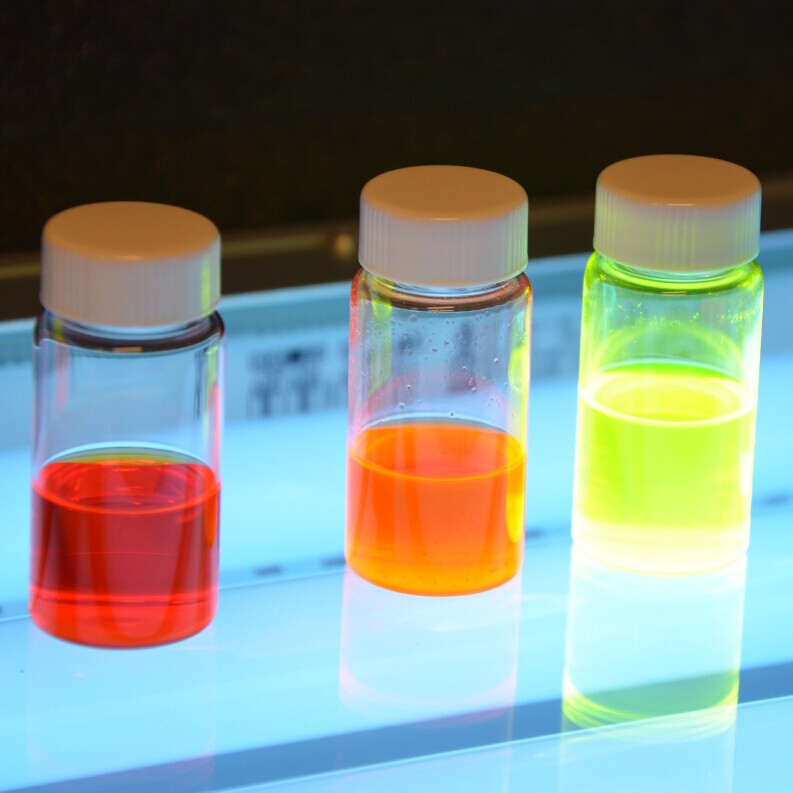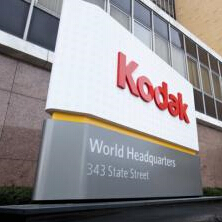Invisible Inks Invented to Discourage Counterfeiters
 Scientists from Northwestern University have recently invented sophisticated fluorescent inks that could be used as multicolored barcodes for consumers to authenticate products which are often counterfeited. Consumers only need to snap a photo with a smartphone to find out whether the item is real, reports sciencedaily.com.
Scientists from Northwestern University have recently invented sophisticated fluorescent inks that could be used as multicolored barcodes for consumers to authenticate products which are often counterfeited. Consumers only need to snap a photo with a smartphone to find out whether the item is real, reports sciencedaily.com.
Prepared from simple and inexpensive commodity chemicals, these inks are invisible under normal light but visible under ultraviolet light. They could be stamped as barcodes or QR codes on banknotes, bottles of whisky, luxury handbags and expensive cosmetics to provide proof of authenticity.
One key advantage of the new invention is that users can have the control over the color. The inks can be made in single colors or multicolors. An ink’s color depends on the amounts and interaction of three different “ingredient” molecules, providing a built-in “molecular encryption” tool. Even a tiny tweak to the ink’s composition results in a significant color change.
Sir Fraser Stoddart is the Board of Trustees Professor of Chemistry in the Weinberg College of Arts and Sciences and the senior author of the study. He said, “We have introduced a level of complexity not seen before in tools to combat counterfeiters. Our inks are similar to the proprietary formulations of soft drinks. One could approximate their flavor using other ingredients, but it would be impossible to match the flavor exactly without a precise knowledge of the recipe.”
“The rather unusual relationship between the composition of the inks and their color makes them ideal for security applications where it’s desirable to keep certain information encrypted or to have brand items with unique labels that can be authenticated easily,” Stoddart added.
When a manufacturer controls the ink’s ingredients or chemical composition, counterfeiters would find it almost impossible to reverse engineer the color information encoded in the printed barcodes, QR codes or trademarks. Without sophisticated knowledge of the encryption settings, even the inks’ inventors would not be able to reverse engineer the process.
As was revealed, details of the fluorescent inks have been published by the journal Nature Communications.
You’re Welcome to Contact Us!
You can provide opinions and comments on this story!
Or you can send us your own story!
Please contact Doris Huang, Head of News & Editorial, via Doris.Huang@iRecyclingTimes.com







Leave a Comment
Want to join the discussion?Feel free to contribute!